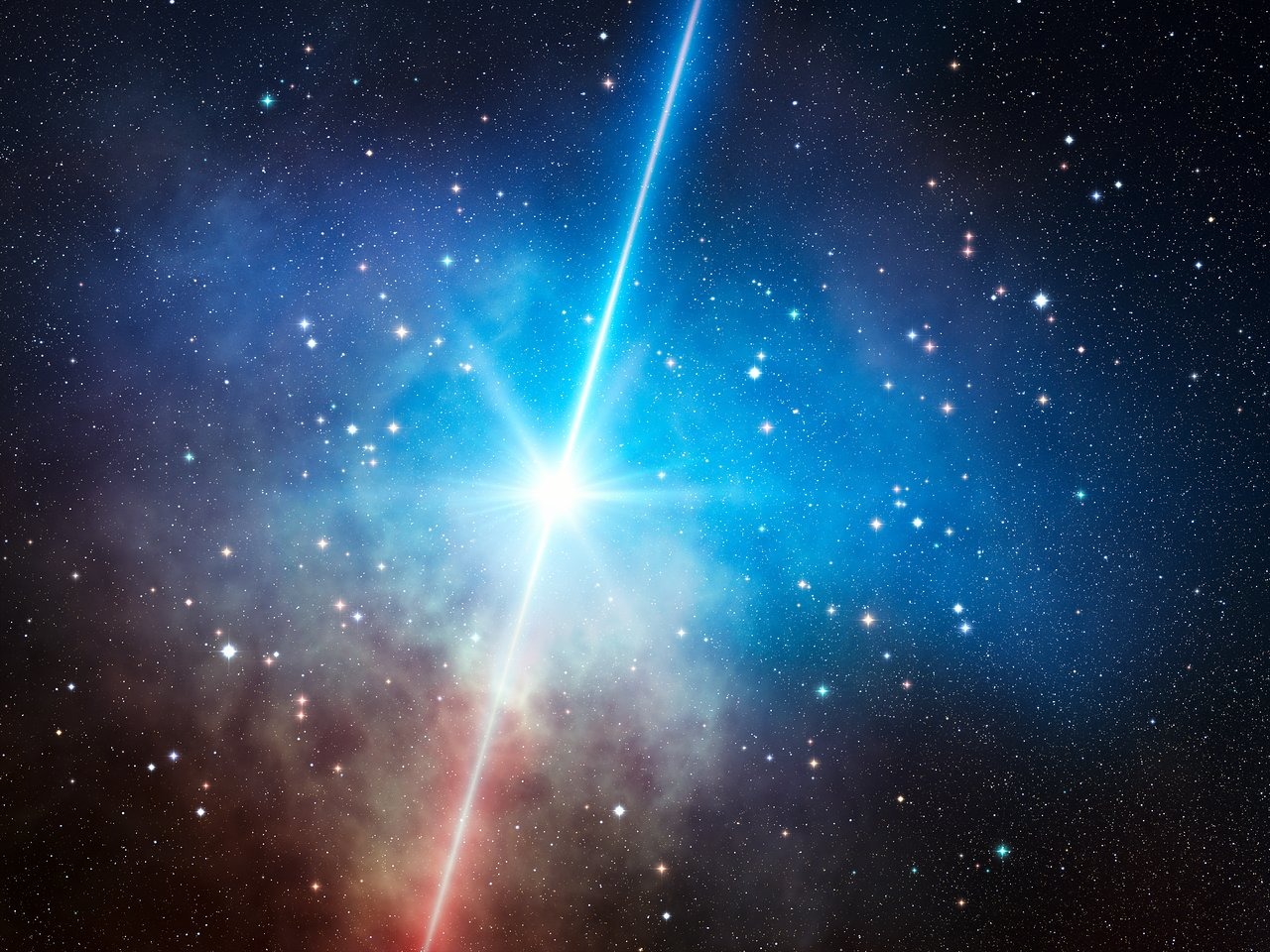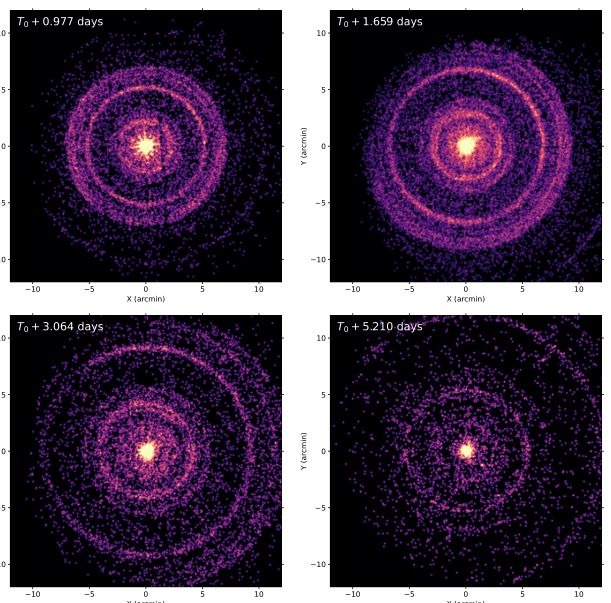Astronomers have recorded a record gamma-ray burst, which happens once in a thousand years. The radiation of incredible power was called GRB 221009A, the afterglow of which was recorded in October 2022. The power of the burst has been calculated and amounts to 18 teraelectronvolts of energy, which is considered the most powerful gamma-ray burst in history. Scientists have been studying the incredible explosion for several months, and now they have shared the results on the arXiv preprint server, presented for The Astrophysical Journal Letters.

According to the analysis, this exceptional flash is very different from ordinary gamma-ray bursts. Its light curve does not correspond to the theoretical descriptions of how this should happen, which indicates that GRB 221009A is something unique.
Once in a thousand years
GRB 221009A was first discovered on October 9, 2022. Initially, it was thought that this was an X-ray flash from a relatively close source. Further observations, however, showed that the light from the explosion covered a much greater distance to us than originally thought – 2.4 billion light-years, which meant that it was also much more powerful.

A team of astronomers led by Maia Williams from Pennsylvania State University found that the afterglow of the X-ray emission of GRB 221009A immediately after the burst was the brightest in the history of observations by the Swift Observatory.In the simulation of randomly generated bursts, only one out of 10 thousand was as powerful as GRB 221009A.
“We estimate that gamma-ray bursts, such as super-powerful GRB 221009A, occur with a frequency of 1 per 1000 years. We are incredibly glad that we are able to witness such an event, which is unlikely to be seen in the next centuries,” the researchers say.
Unusual evolution of the afterglow
What makes GRB really unusual is the evolution of the afterglow, which does not correspond to the standard theory. Gamma-ray bursts are usually accompanied by the glow of electrons moving at near-light speed. It is called synchrotron emission, it’s the result of the shocks that form when the initial explosion crashes into the interstellar medium. The afterglow of GRB 221009A indicated that most of the energy flash was spent on jets.
Currently, observations of GRB 221009A are suspended due to the fact that it is covered by the Sun. Astronomers expect that the afterglow will appear at the end of February to continue the study of the record object. Whatever happens with this unusual explosion, astronomers will work very hard to get to the bottom of it.
What are gamma-ray bursts?
Gamma-ray bursts are the strongest explosions in the Universe. They explode so powerfully that in a few seconds more energy is released than the Sun produces in 10 billion years. The outbursts of electromagnetic radiation are caused by catastrophic events: the supernova or hypernova explosions or collisions of binary systems involving at least one neutron star.
Earlier we talked about the biggest flash after the Big Bang.
According to Science Alert
Follow us on Twitter to get the most interesting space news in time
https://twitter.com/ust_magazine

